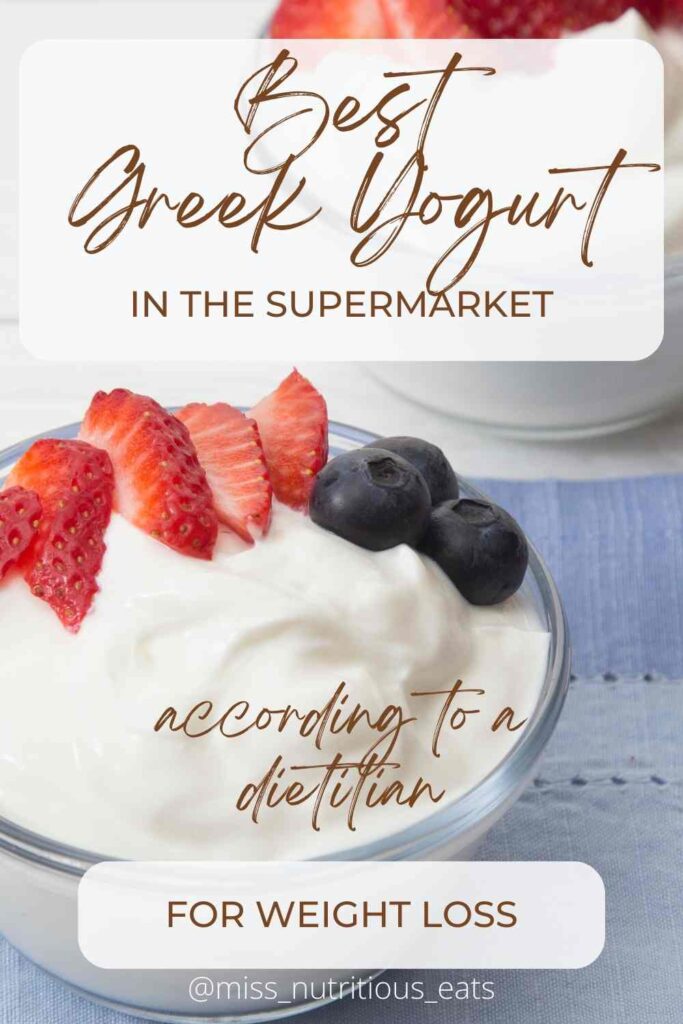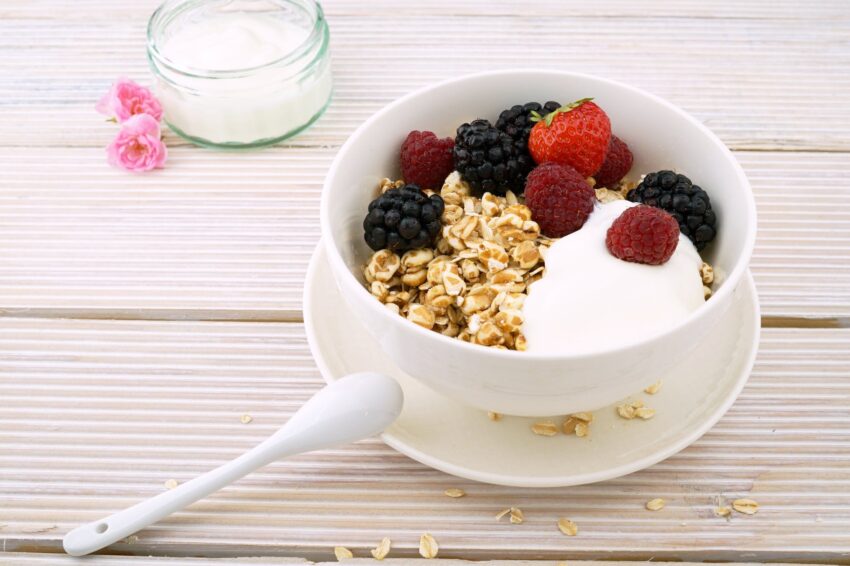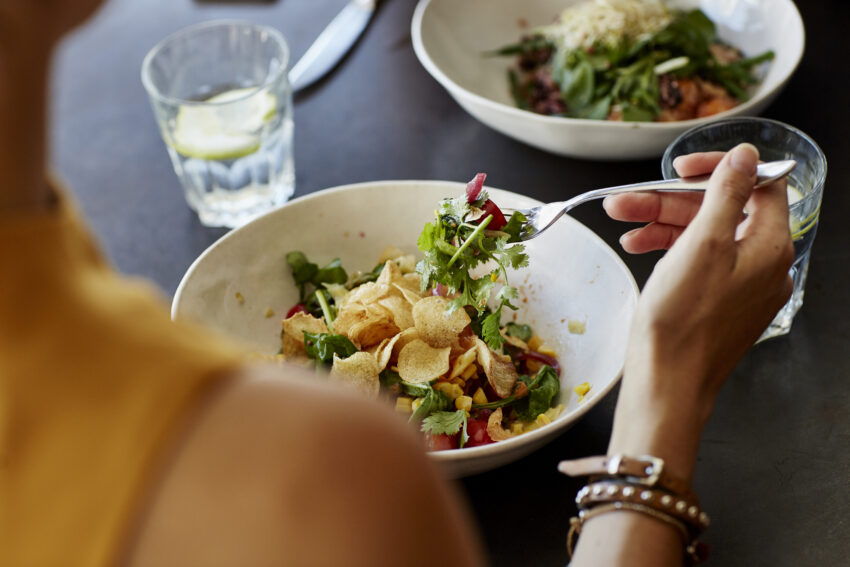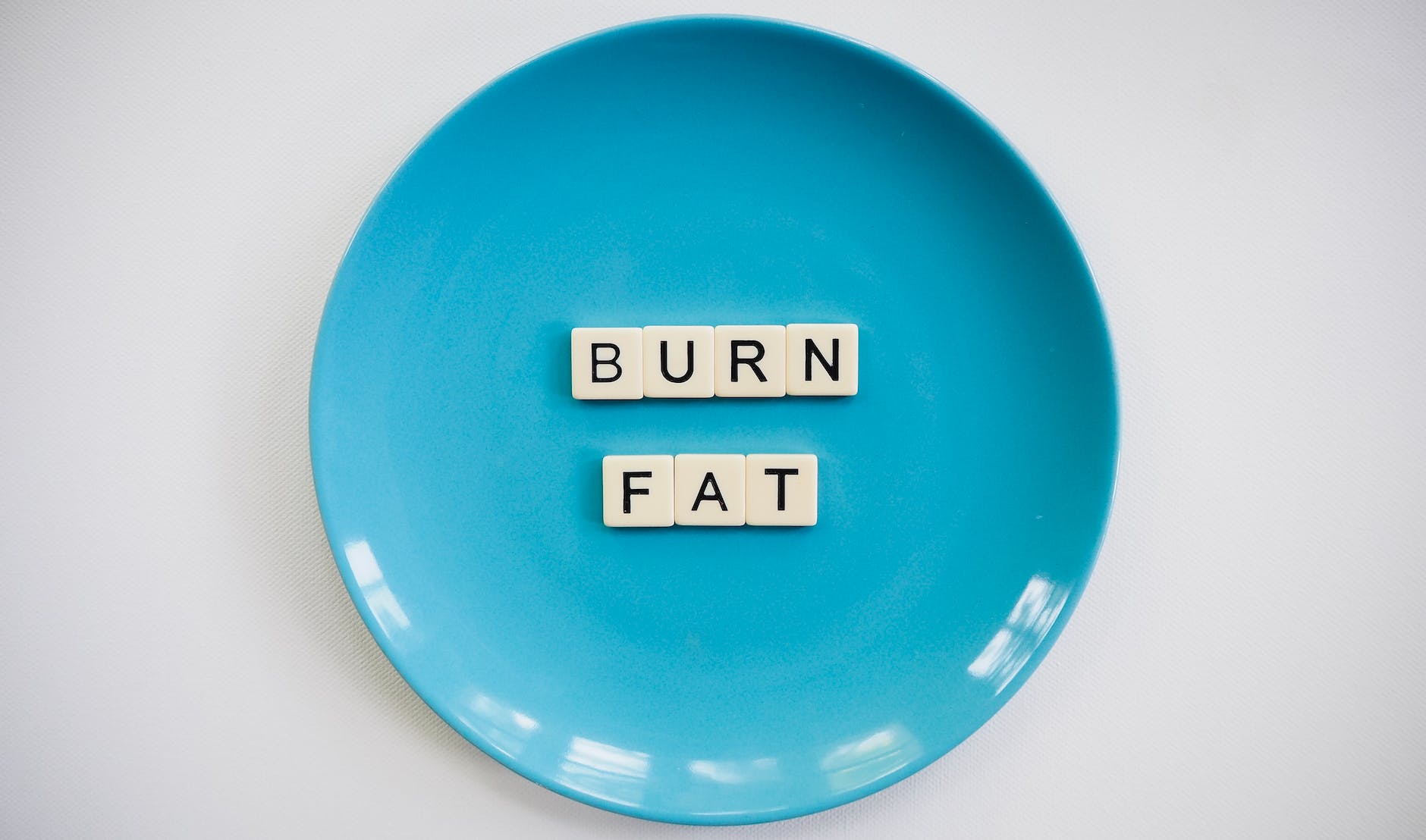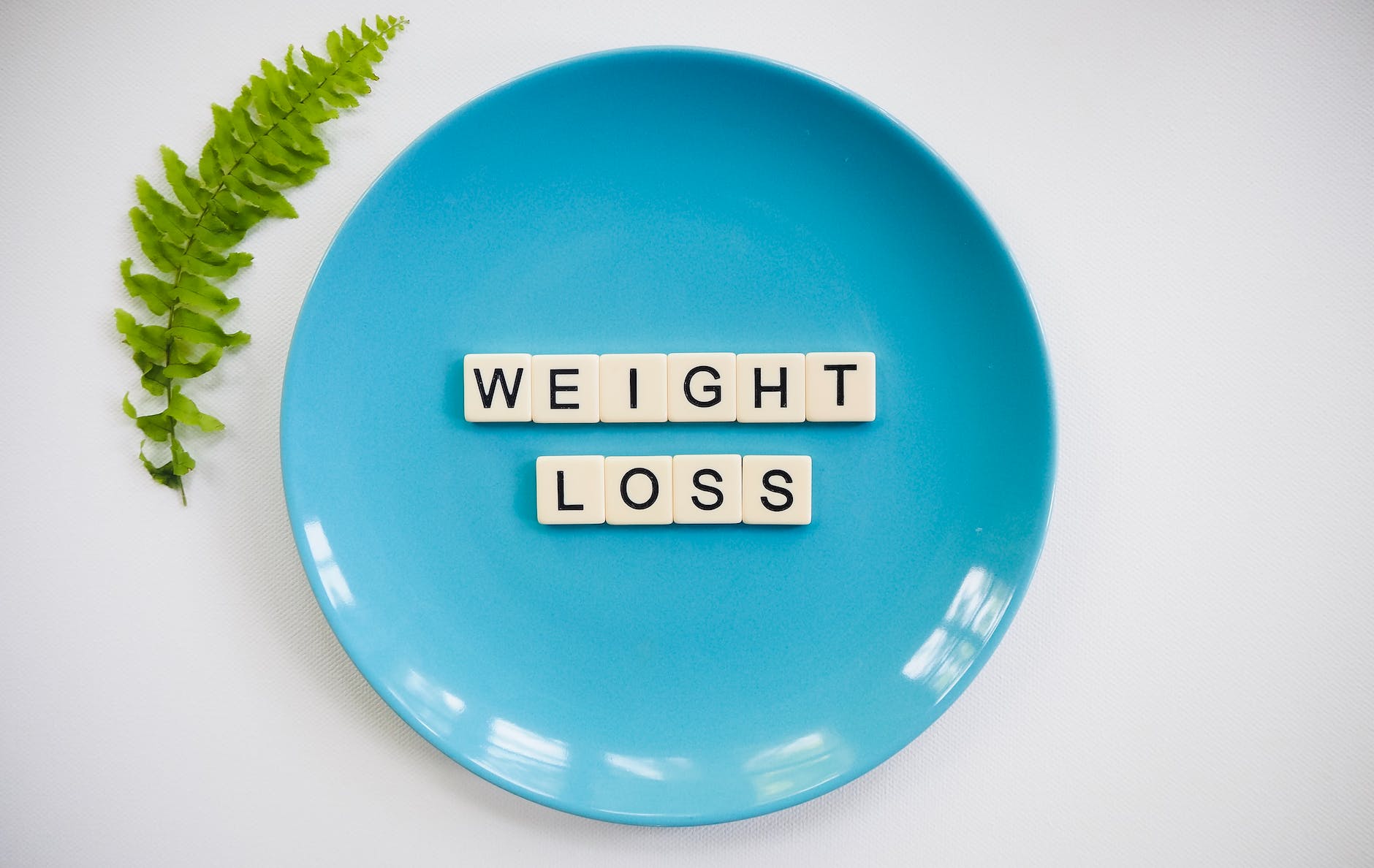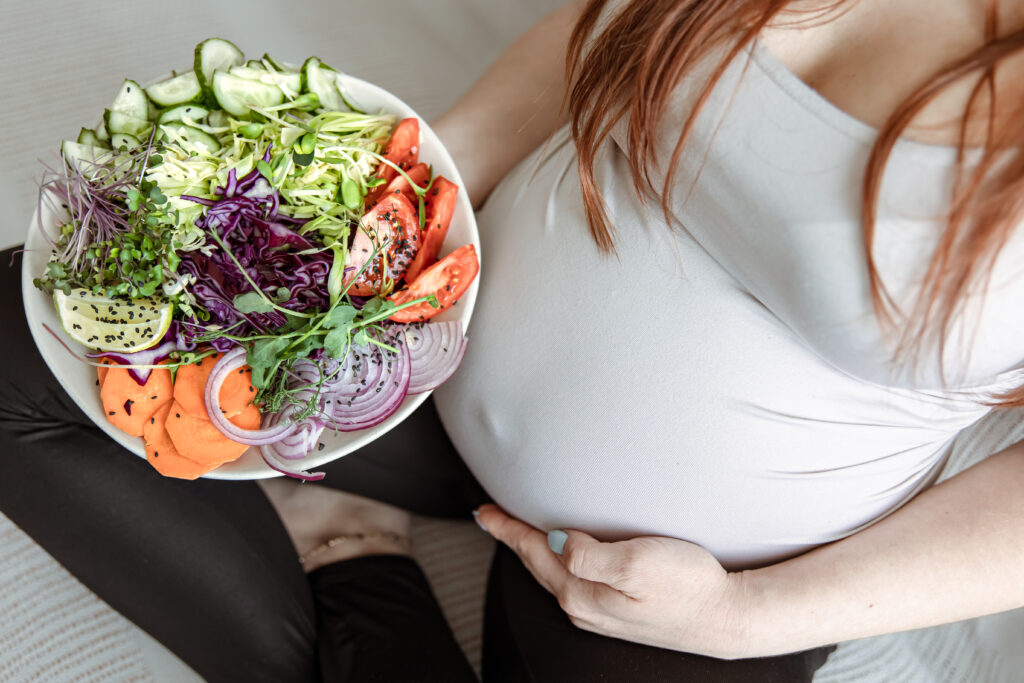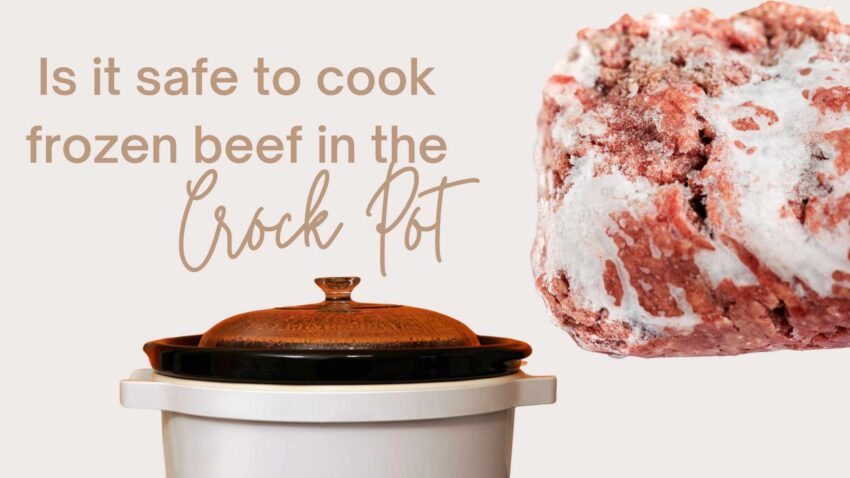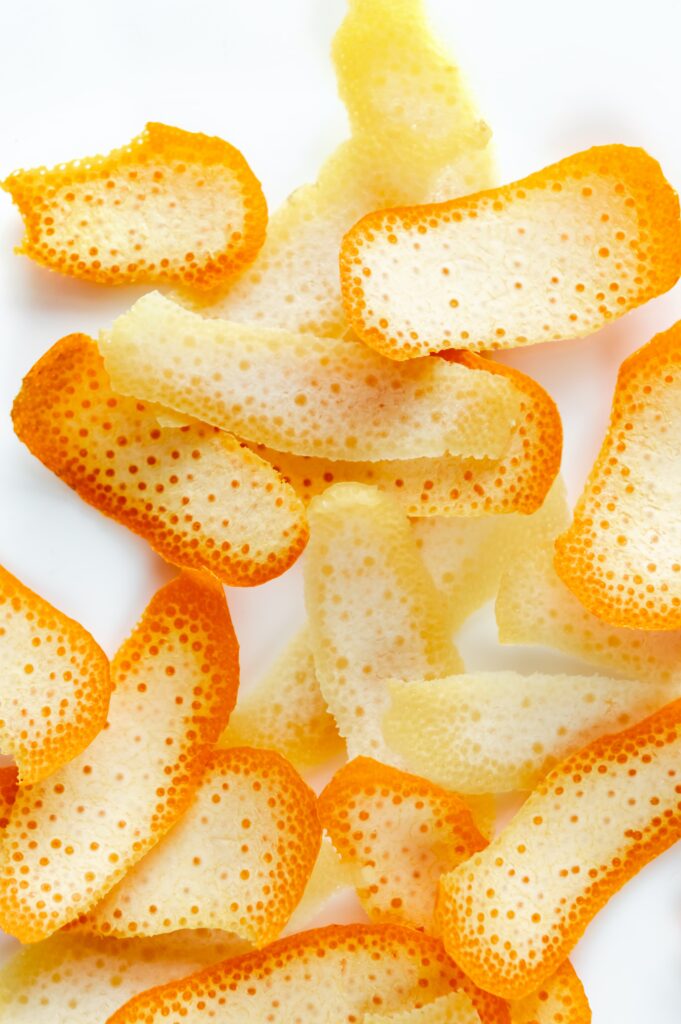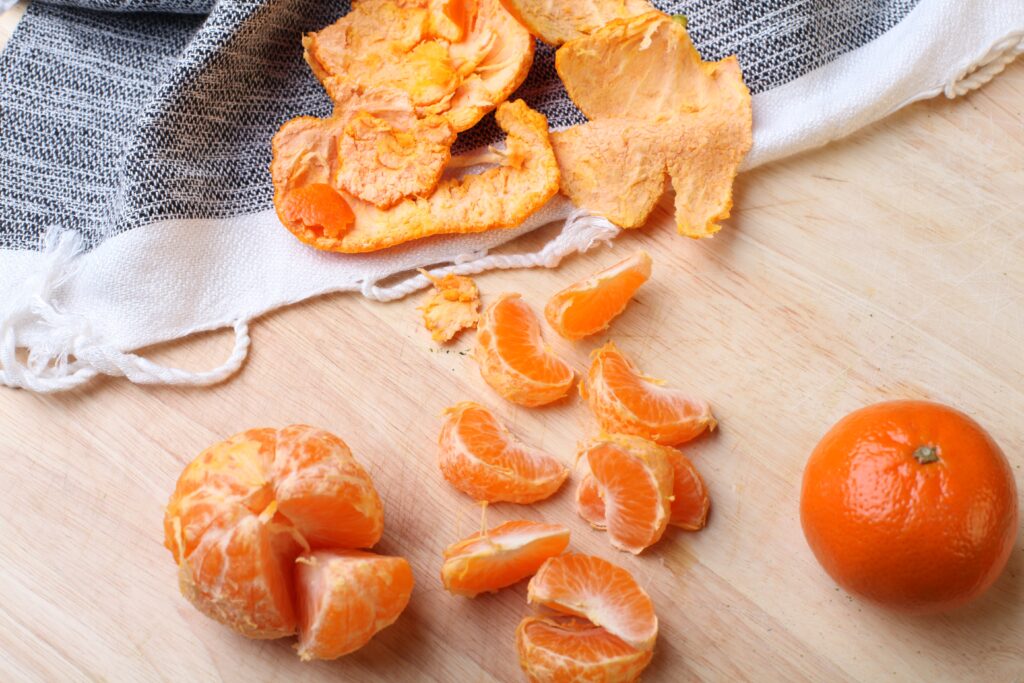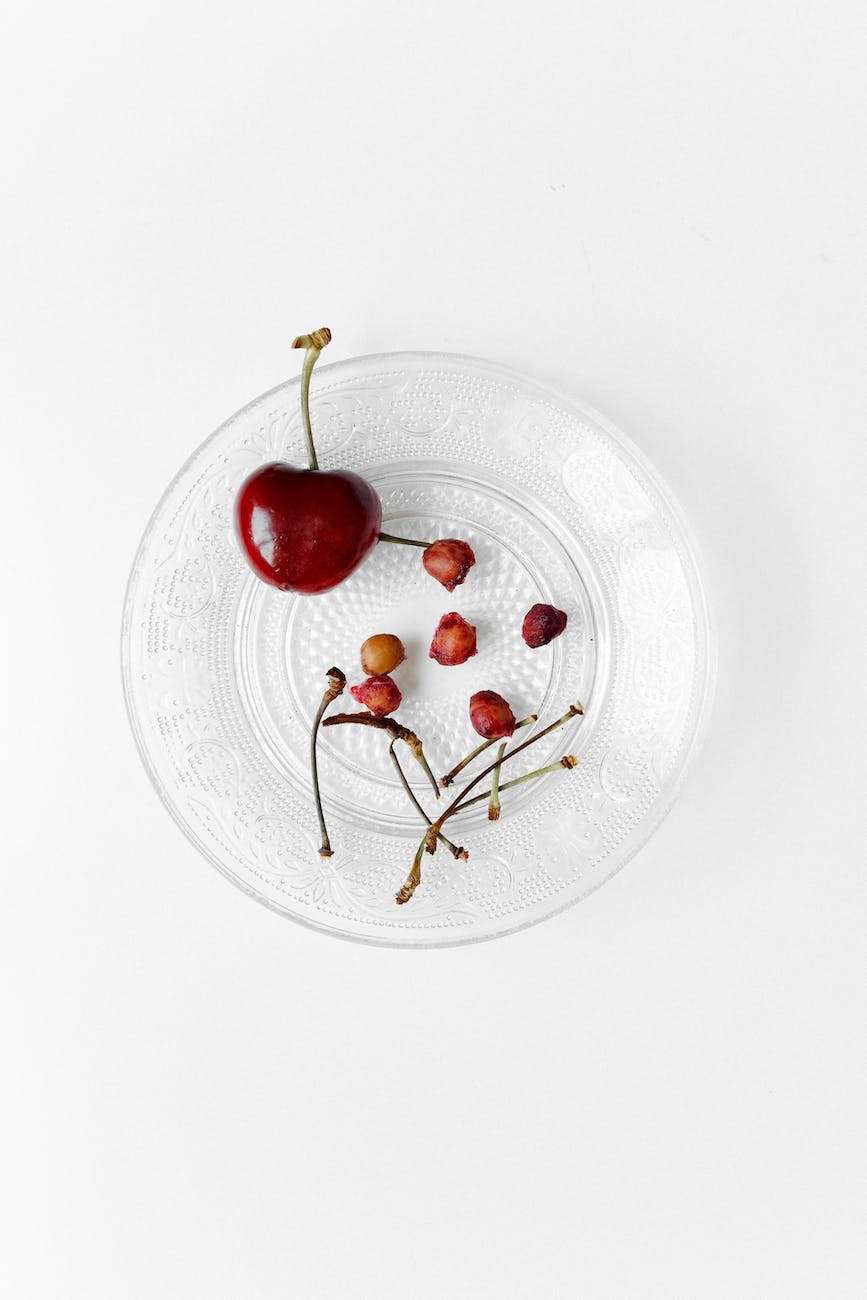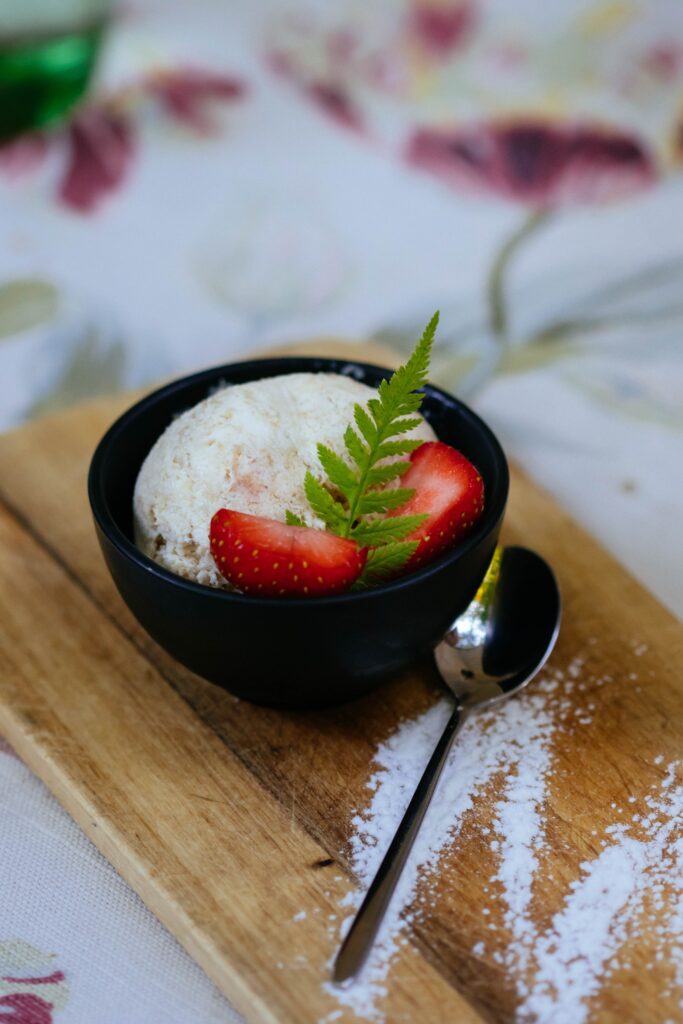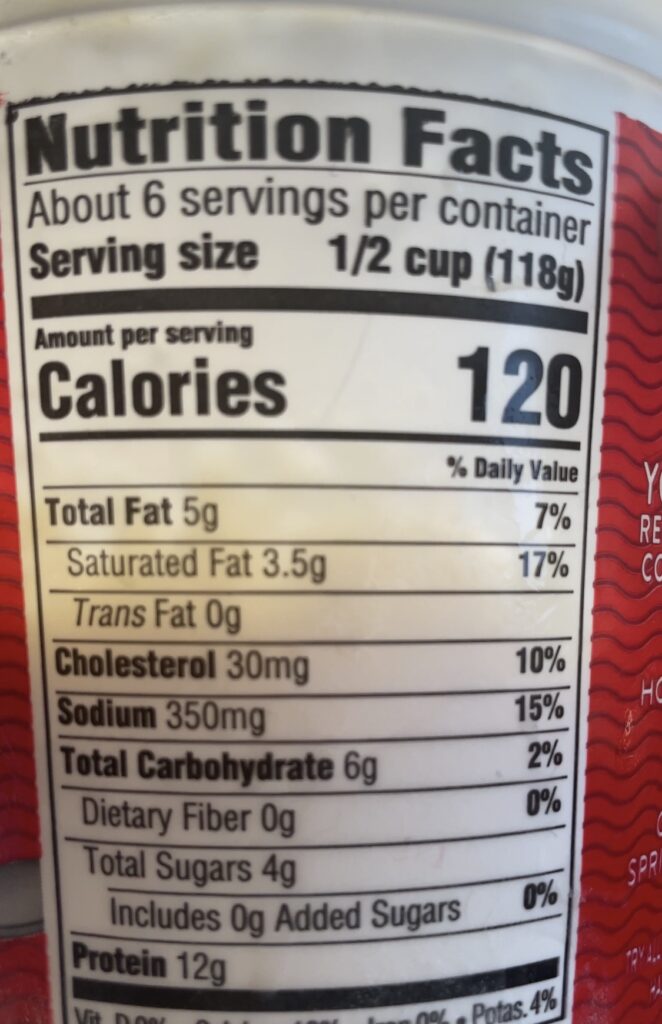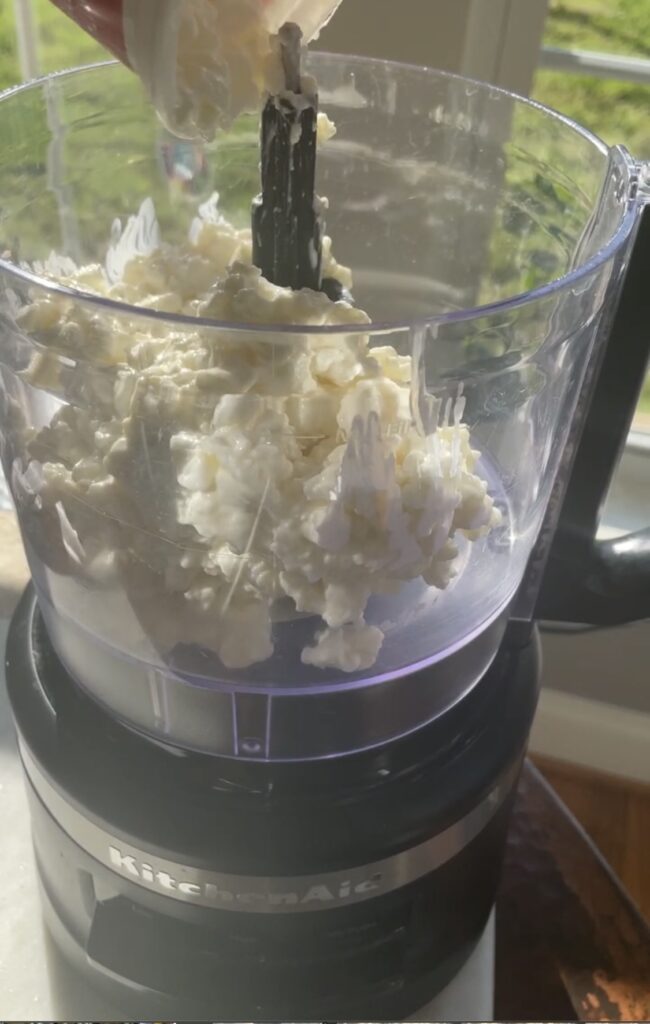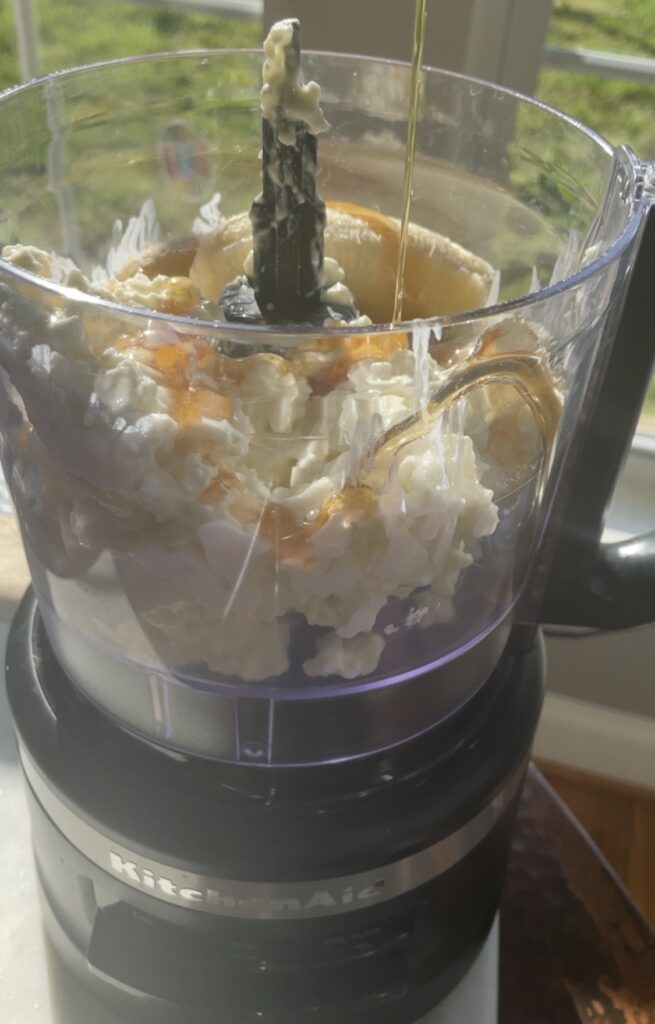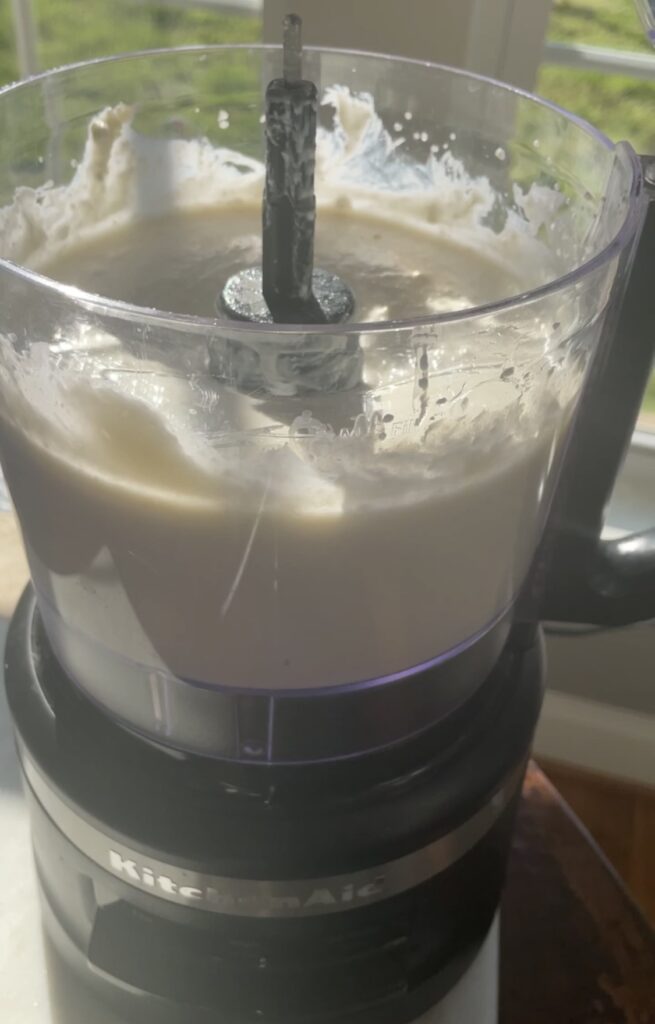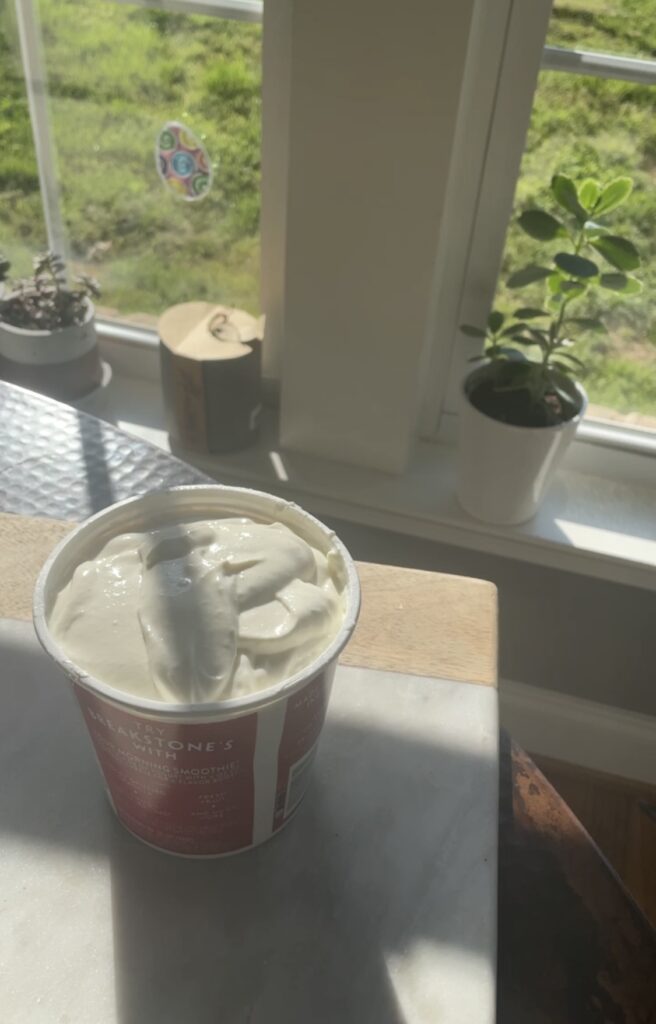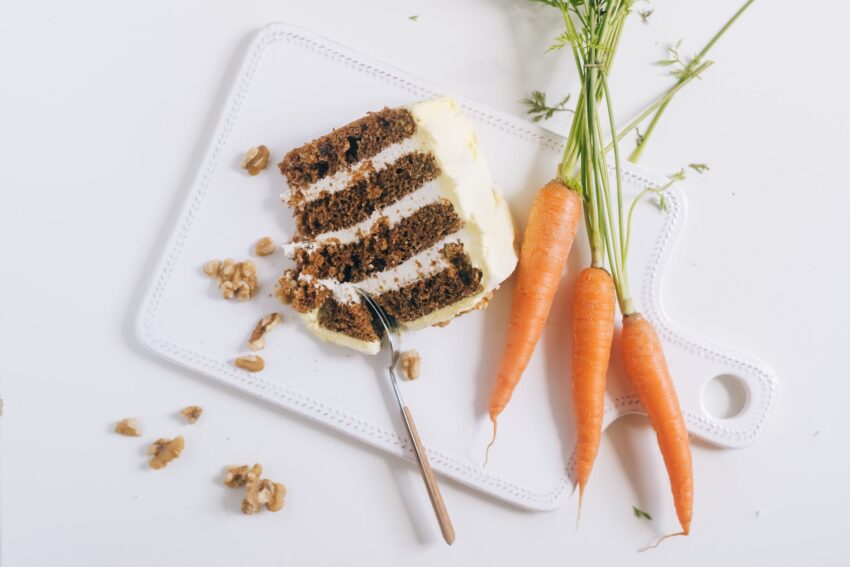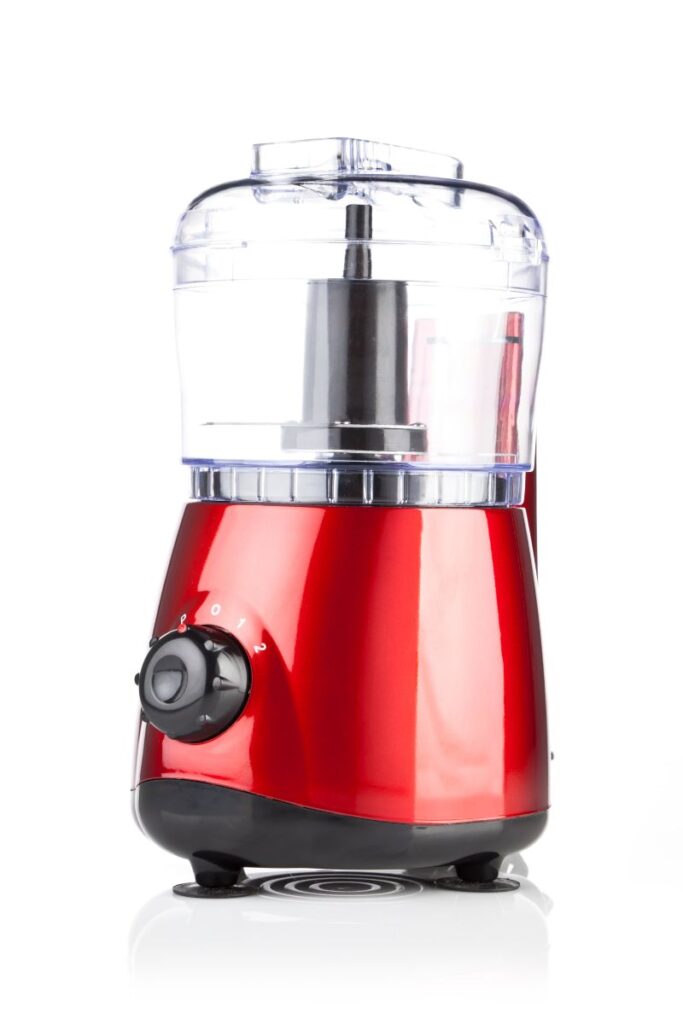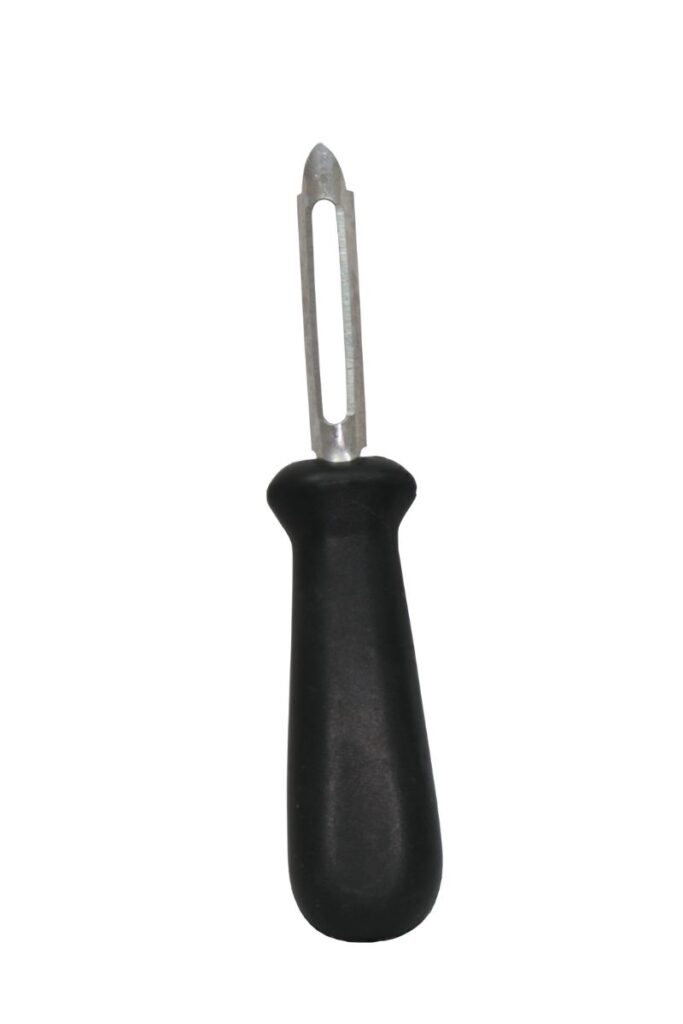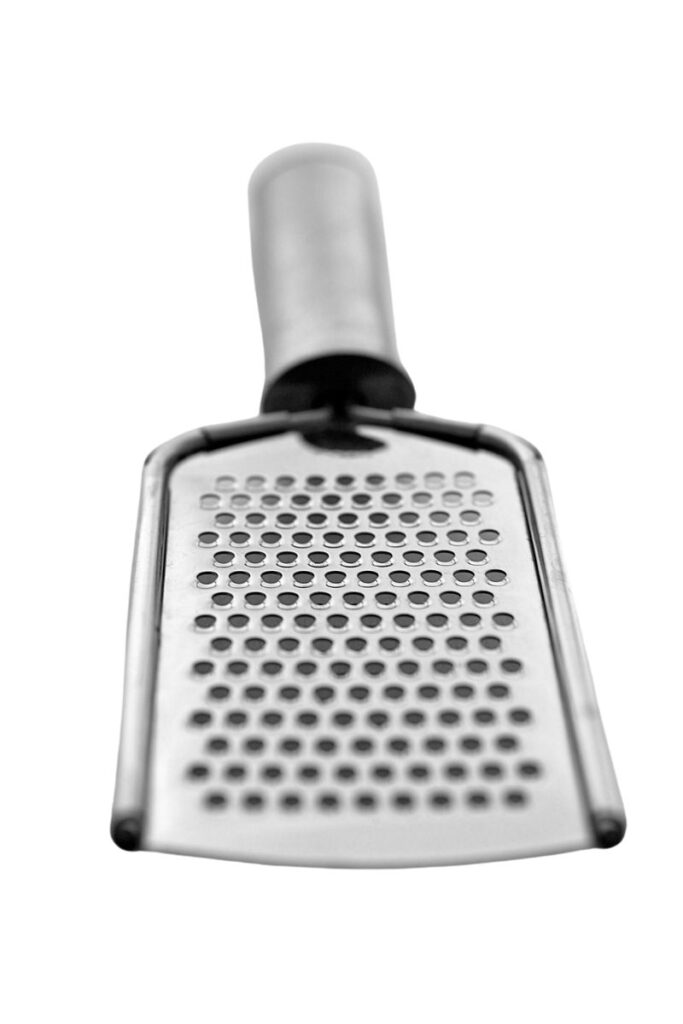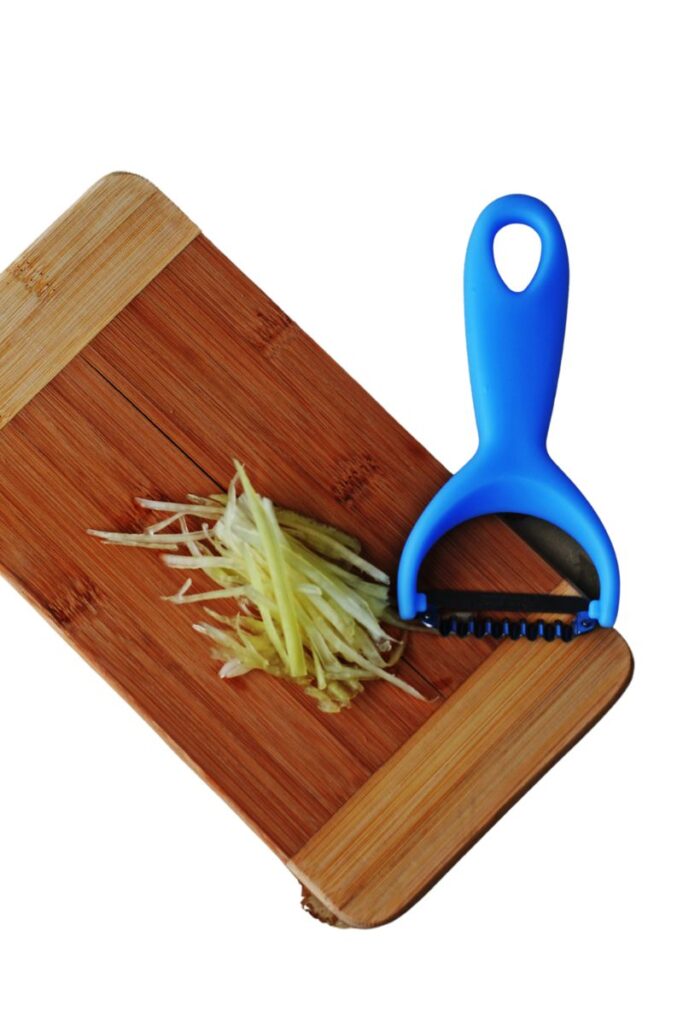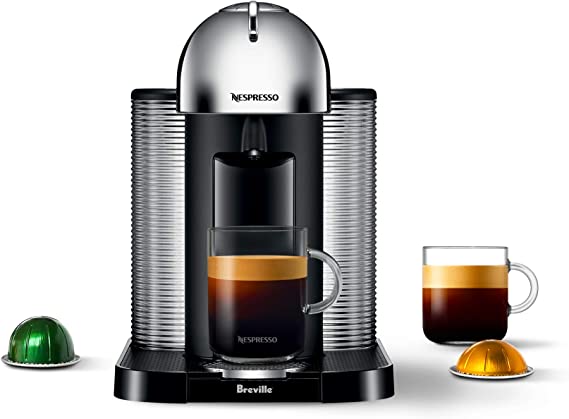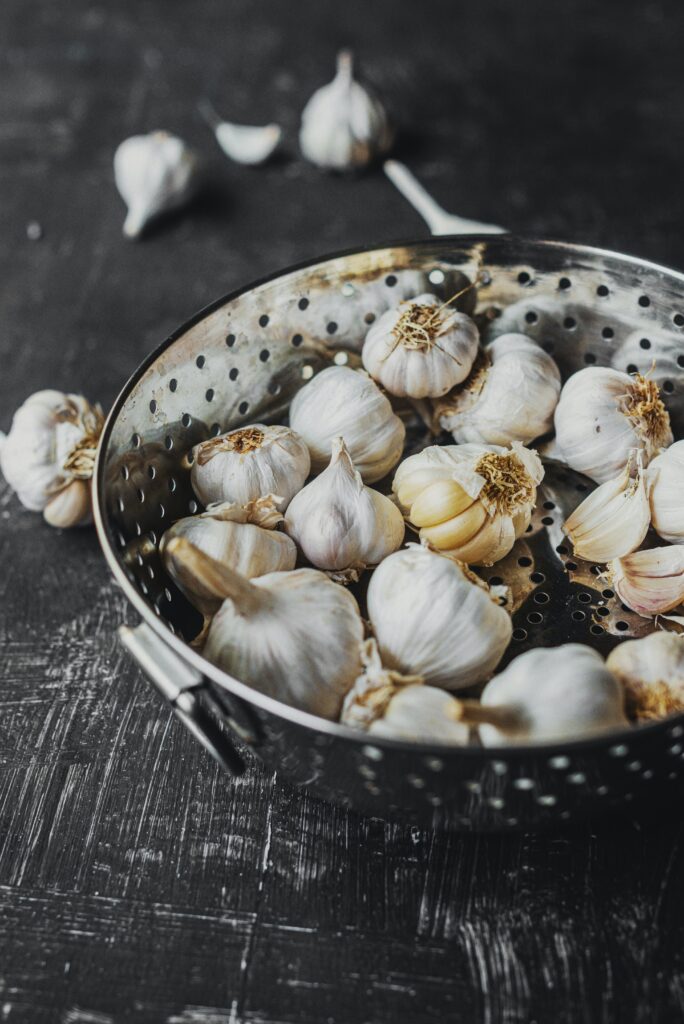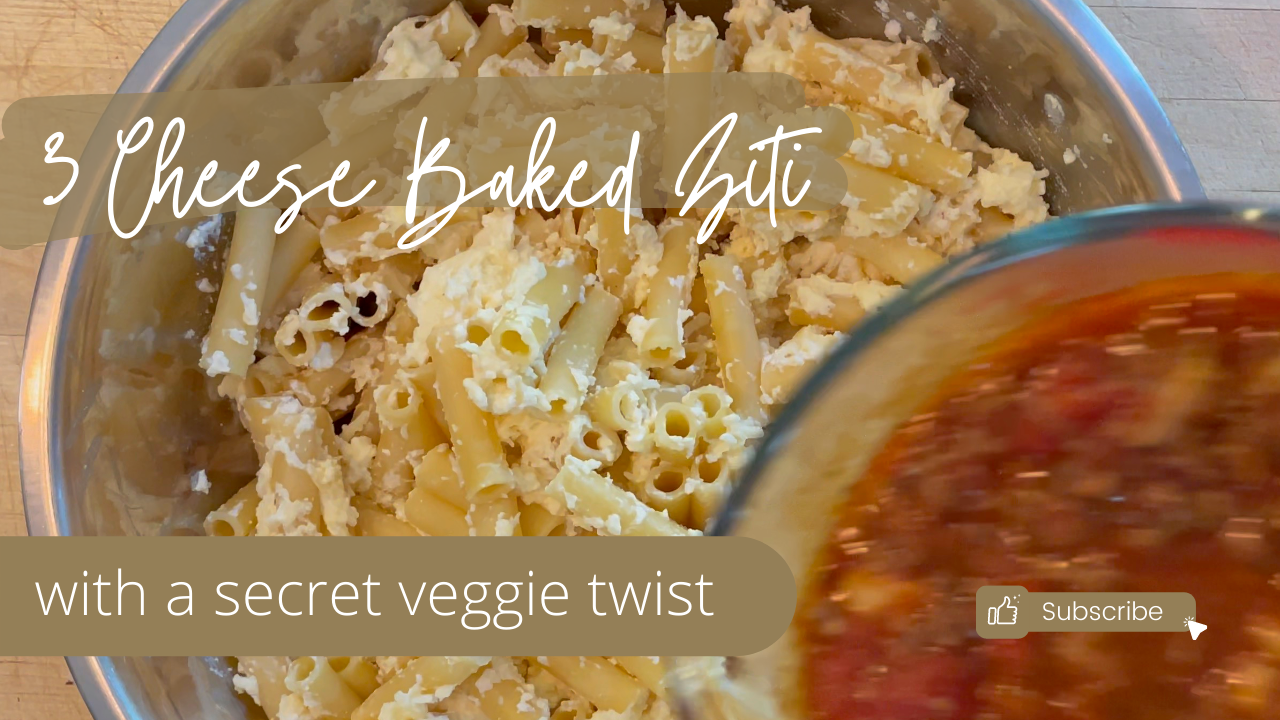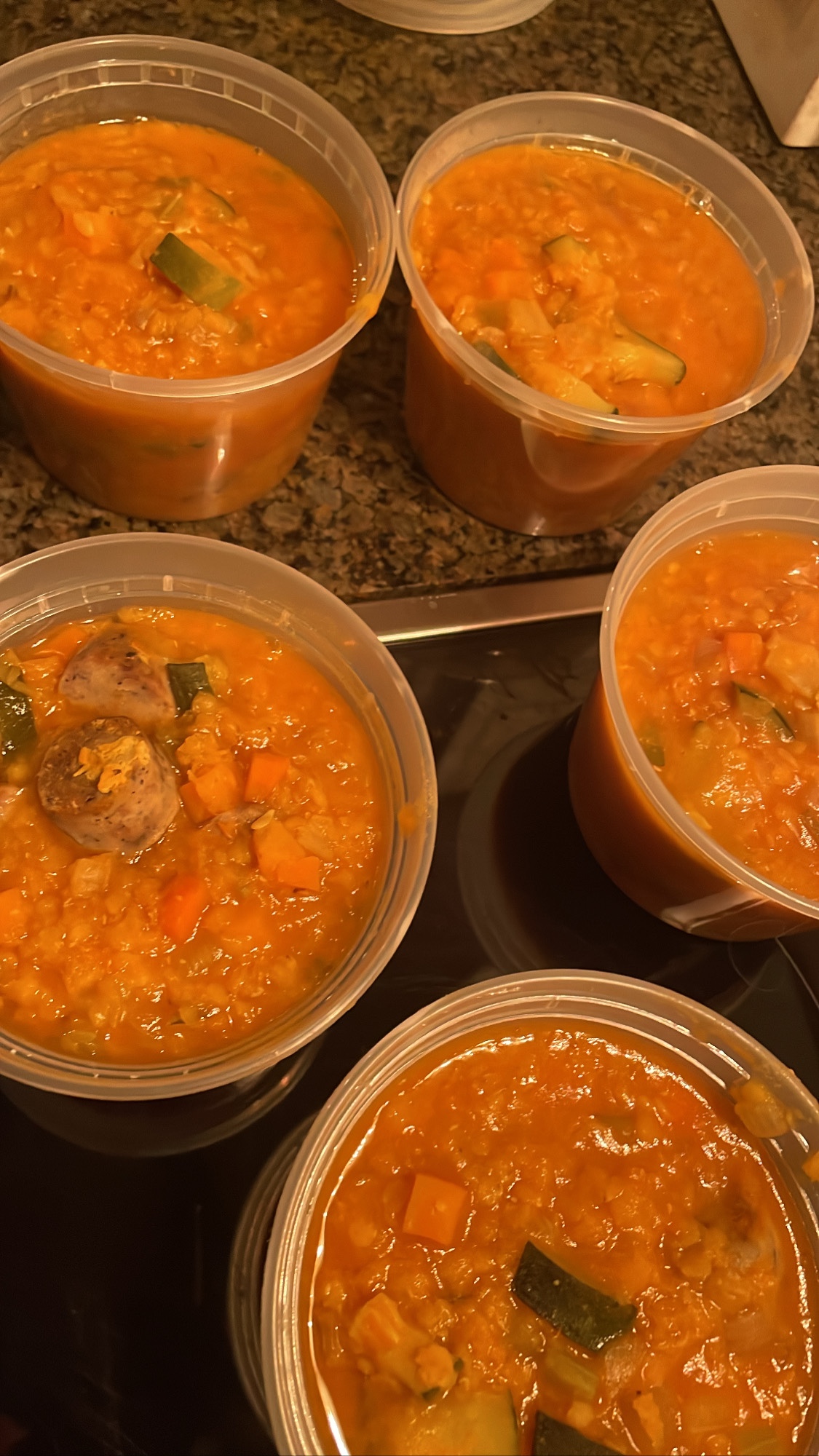The best healthy Greek yogurt in the supermarket
As a registered dietitian, I am often asked about the best options in the dairy aisle, and when it comes to Greek yogurt, I have a clear favorite: Fage. Since the first time I tried Fage yogurt, it has been my number one choice. Whether it’s Fage Total, 2%, or fat free – Fage is a true Greek yogurt that you can easily find at any grocery store.
And as much as I love Fage, this is not an ad, and I have not been compensated in any way for this blog.
Table of contents
What makes Greek yogurt such a great choice?
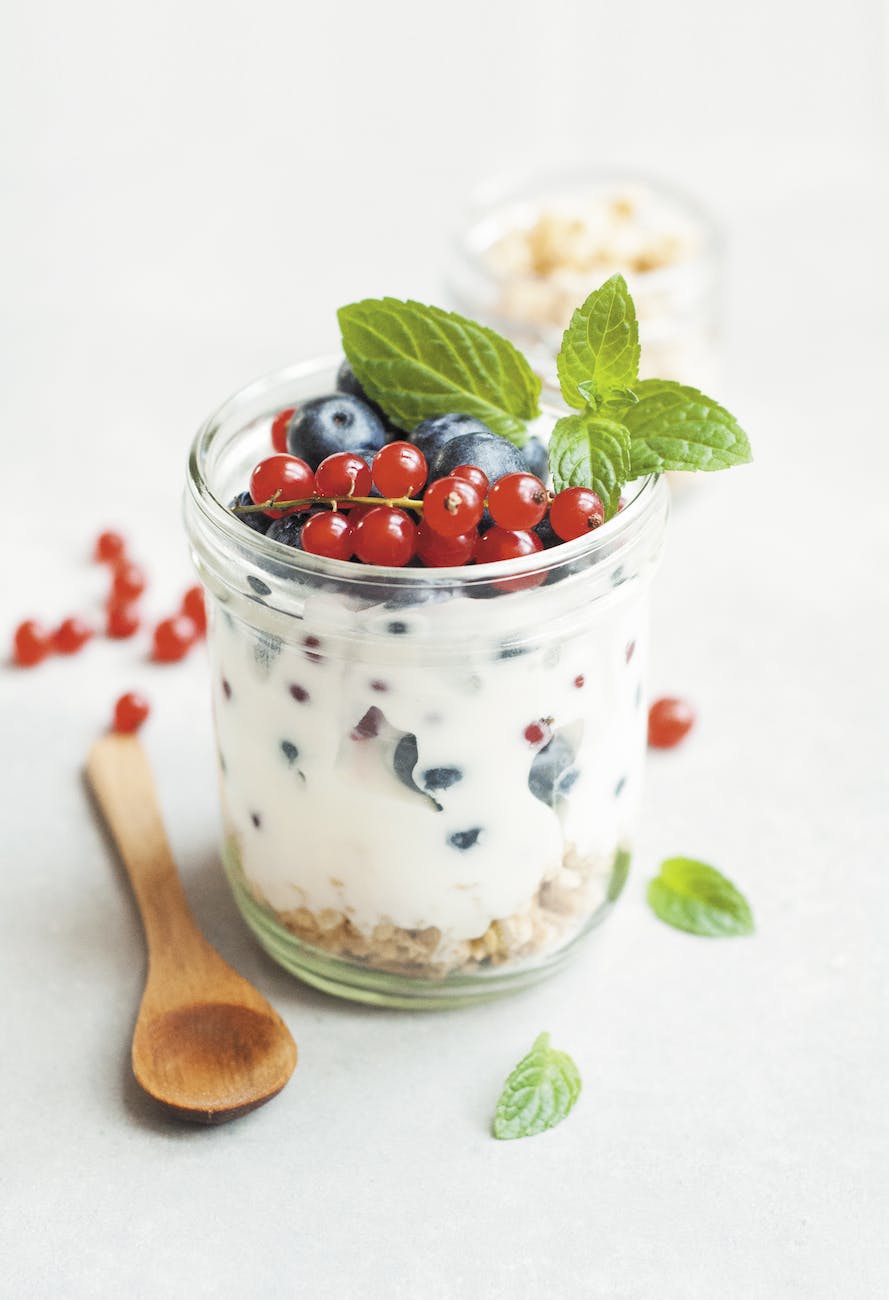
Greek yogurt is a protein-rich dairy product that contains essential nutrients like calcium, vitamin D, complete protein and fatty acids. It also has live active cultures, which can help improve gut health. And for those watching their blood sugar levels, Greek yogurt is often lower in carbs and higher in protein than traditional yogurt, making it a good option for those with lactose intolerance or trying to manage their diabetes.
Fage Total is my go-to brand when I’m in the yogurt aisle. For starters, it has a thick texture that is creamy and satisfying without being overly tart. And unlike some other brands, Fage Total does not contain any added sugar or artificial sweeteners.
What are live active cultures?
Live active cultures are good bacteria that are often found in fermented foods like yogurt, kefir, and sauerkraut. These tiny microorganisms help to break down sugars and carbohydrates in our food, which allows our bodies to absorb more nutrients and digest our food more easily. Plus, these good bacteria work to keep our gut healthy by crowding out the bad bacteria and strengthening our immune system.
You may know these live active cultures as probiotics. Probiotics can help improve digestion, boost your immune system, and even enhance your mood! Make sure to look for Greek yogurt that contains live and active cultures to reap the benefits.
What about the protein content?
Well, Fage Total packs a whopping 18 grams of protein per serving, while the fat content varies depending on the type of yogurt you choose (full-fat, low-fat, or non-fat). While Fage does offer flavored yogurts, their unflavored varietites have little sugar, coming in at around 7 grams per serving. This is natural milk sugar called lactose. It’s not added sugar.
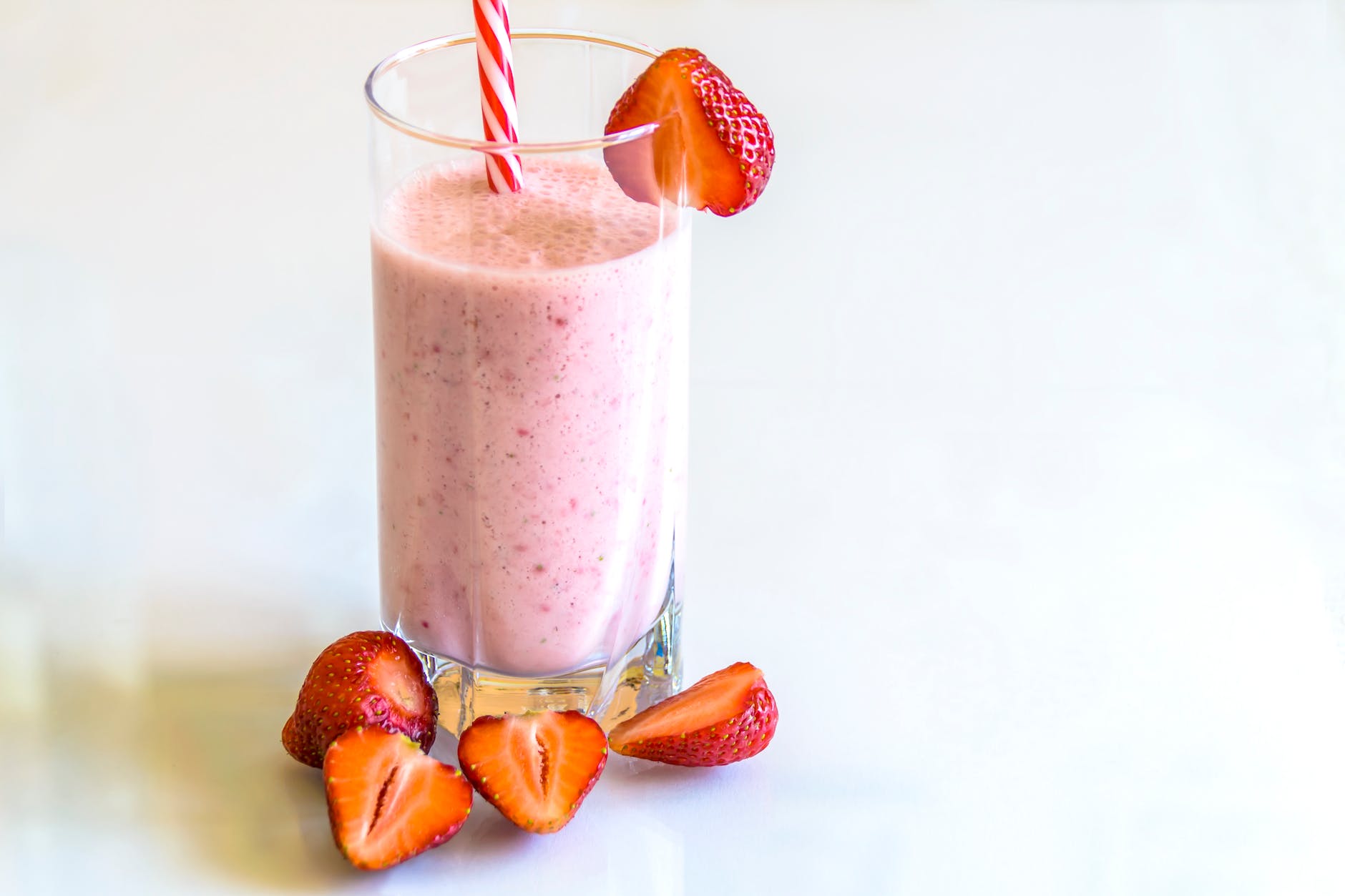
In fact, most Greek yogurt is an excellent source of protein, containing about 17 to 20 grams per serving (This is double your standard yogurt). This makes it a great option for those who are looking to build or maintain muscle mass, as well as for vegetarians who may struggle to get enough protein in their diets.
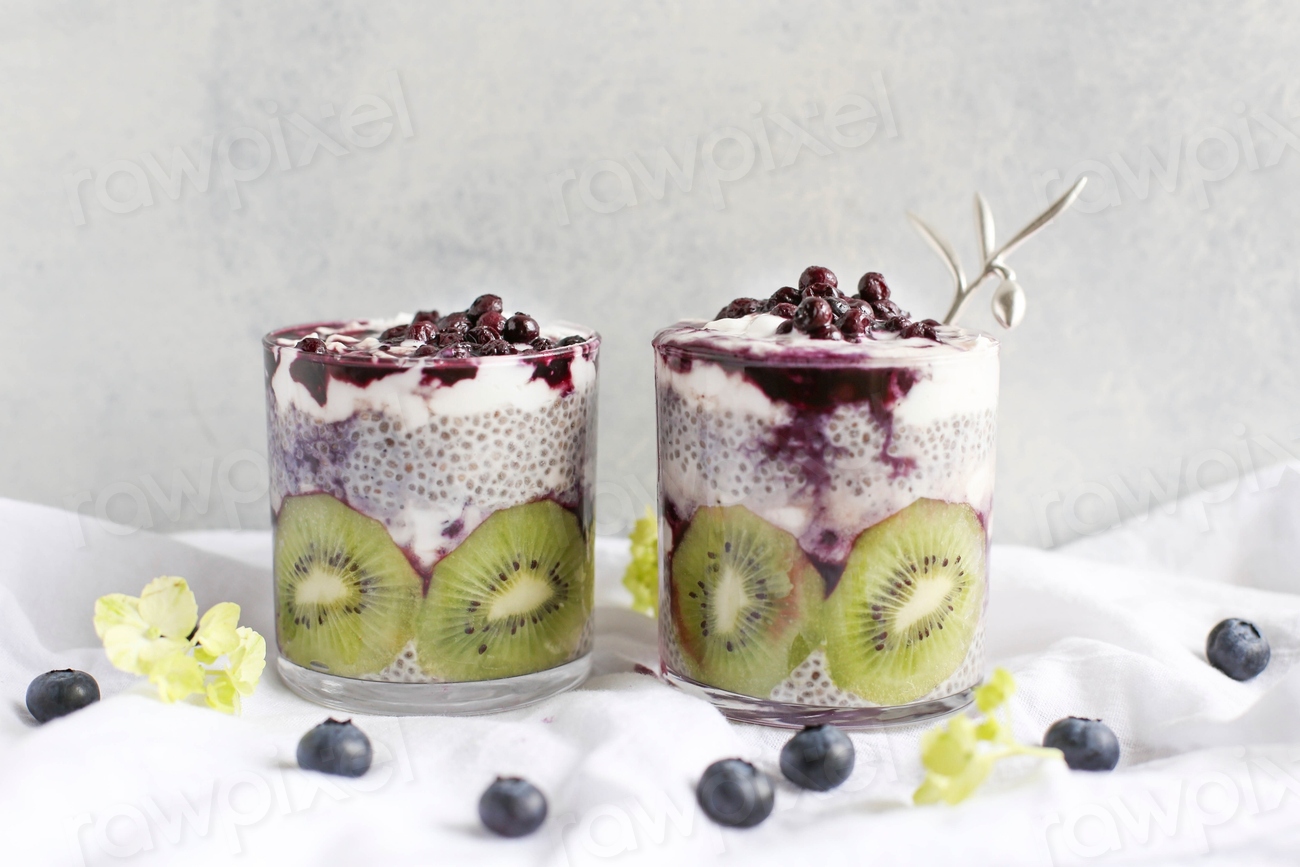
The protein in plain Greek yogurt provides all of the amino acids you need to build lean body tissue, AKA muscle. So if you’ve been strength training or want to tone up, choosing a lean and complete protein like a fat free or 1% fat greek yogurt is a great option. I regularly include Greek yogurt as part of my meal planning. Usually it pops in as a snack or treat at the end of the day because if it’s thicker texture. I love having plain Greek yogurt with mixed fresh or frozen berries, drizzled with a bit of honey and toasted walnuts. It’s phenomenal.
Other nutrients in Greek yogurt
Next up, is calcium. Greek yogurt is rich in this mineral, which is crucial for strong bones and teeth. In fact, just one cup of Greek yogurt contains about 25% of your daily recommended intake of calcium!
Last but not least, Greek yogurt is also a good source of vitamins B12 and B6, which are important for maintaining healthy brain function and producing red blood cells.
It has simple ingredients
But what I really love about Fage is the ingredient list. They use only simple, whole food ingredients like milk and live active cultures. And for those concerned about sourcing, Fage is made with milk from grass-fed cows and is free from milk protein concentrate. Plus, they offer a plain variety that allows for personal preference and added versatility in recipes. With such a simple ingredients list, Greek yoghurt is considered a natural whole food and fits within the Faster Way meal plan.
What does Greek yogurt taste like?

Greek yogurt is thicker and creamier than regular yogurt, with a tangy taste that’s slightly sour and refreshing. It has a distinct flavor that’s hard to describe, but it’s often described as being slightly tart and tangy, with a creamy texture that’s satisfying and filling. It’s similar to sour cream in many ways. The reason for its unique taste is due to the straining process, which removes much of the liquid whey from the yogurt, leaving behind a concentrated form of protein and flavor.
How to use traditional Greek yogurt
But don’t just take my word for it! Next time you’re at your local supermarket, give Fage a try and see if it’s your new favorite Greek yogurt too. With options including non-fat, low-fat, and full-fat Greek yogurts, Fage has something for everyone and is a great choice for a healthy snack or addition to breakfast or dessert. Cheers to good gut health and delicious yogurt!
Are there alternatives to Greek yogurt?
If you’re at home and you need Greek yogurt, you can make it by straining a high quality plain yogurt such as Stonyfield Organic through cheese cloth or a mesh strainer for a few hours to remove excess liquid. If you want another pre-made option, Icelandic yogurt or Icelandic skyr would be suitable, though possibly not as easy to find.
Greek yogurt for weight loss.
- Greek yogurt is packed with protein which is essential for keeping you feeling full and satisfied. A 6-ounce serving of Greek yogurt typically contains around 15 to 20 grams of protein, whereas regular yogurt only contains around 9 grams. This means you’ll be less likely to snack on unhealthy foods throughout the day as your hunger pangs will be kept at bay.
- It’s lower in carbohydrates and sugar than other yogurt or dairy products. This is because the whey and lactose are strained from the yogurt during the production process, leaving it with a thicker, creamier texture and less sugar.
- Greek yogurt is also lower in calories than other dairy products such as cream cheese or sour cream. One ounce of cream cheese contains around 100 calories, whereas one ounce of Greek yogurt contains only around 20 calories.
When choosing a Fage for weight loss, I consider whether I’m focused on lower carbohydrates or regular macros. Total or 2% fat are appropriate for low carb days while fat free is the go-to for low macro or regular macro days. If you’re wondering more about macros, follow me on Instagram @miss_nutritious_eats and read more here!
These Yogurt Marinated Chicken Skewers come together quickly and are the perfect recipe to use up any plain Greek yogurt that you have in the house!
